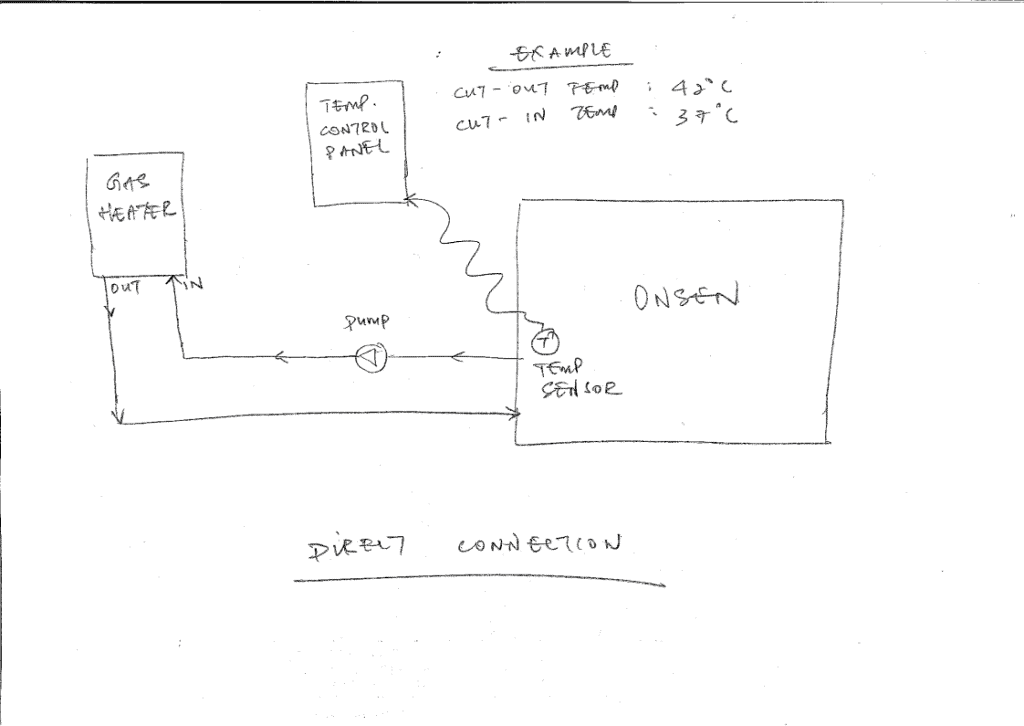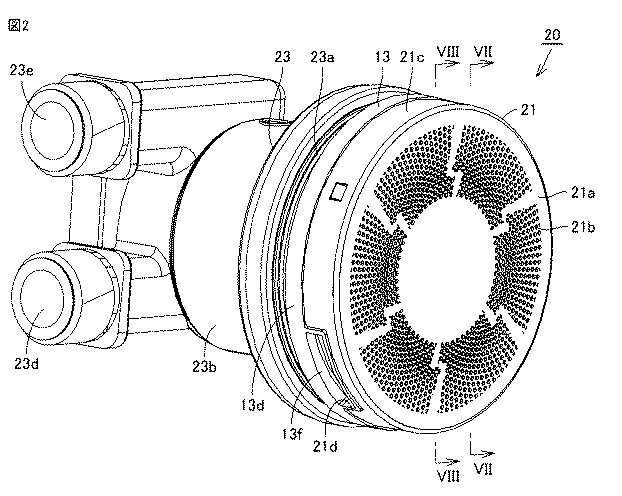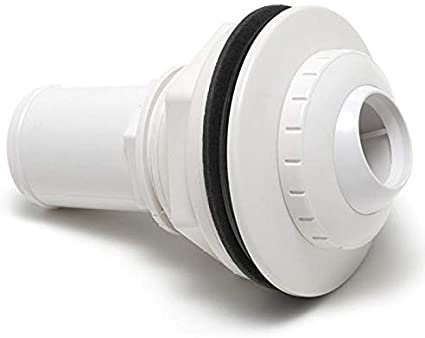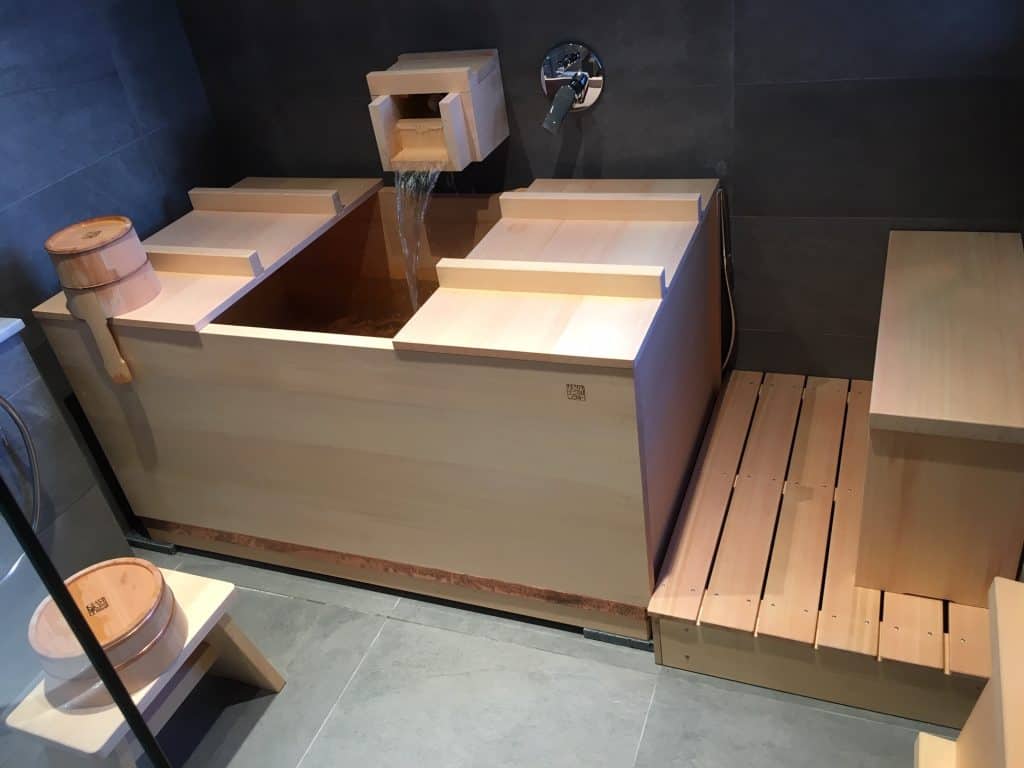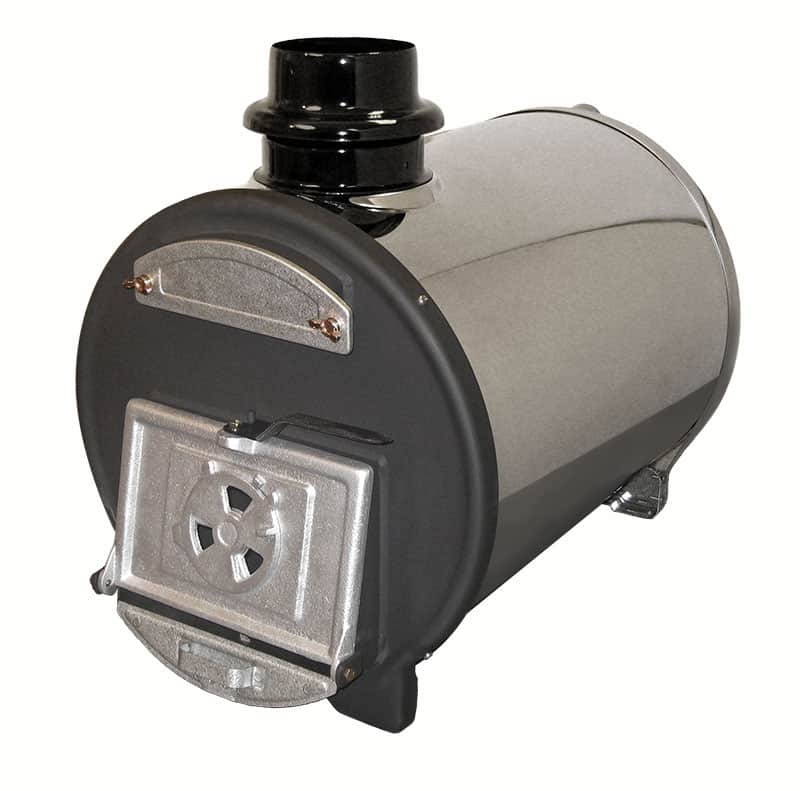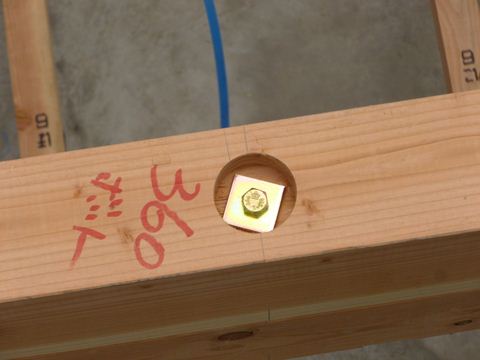★waterproofing and wetrooms
one of the most simple concepts yet more difficult concepts to grasp about japanese tubs is that you do not really need to worry about the plumbing.
The best configuration is to have the ofuro simply sitting on a waterproof floor, sloped towards a floor drain and just let it drain onto the floor, without a fixed piped connection. Think of the ofuro as a large bassinette.
Merits:
1. you do not need to raise the ofuro and create a space below it to mount the pipe, the syphon etc.
2. it is easy to move the ofuro over for cleaning and maintenance.
3. you can flip orientation or position so it looks at the sunrise at sunrise and sunset at sunset!
4. you can even move the ofuro to the terrace/garden and fill it up with a hose or other fun things like that.
5. you can let the ofuro overflow from the top rim, as in a japanese hot spring, giving a sense of abundance and infinity.
Objections & Counter-arguments:
6. the drain is requested for filing to the building department
I understand that regulations may have scarce flexibility. That said, custom-made wooden tubs are not certified sanitary equipment (NSF, UL, CSA, ETL etc…) anyway. An ofuro is a soaking tub therefore is a fitness/well-being equipment like a home sauna or a tanning bed. Be creative, think out of the box. Your shower is a piece of sanitary equipment, your ofuro is not.
That said, if you really really want to provide a hard connection to a drain pipe: it is possible.
We can provide an adapter with a female socket dia 50mm (1 1/2″) with G thread.
Please check this page for further details: https://bartokdesign.com/5-tub_details/hinoki-tub-drain_and_waterproofing
and do not forget to click on the links to open the drawing and photos.
7. We need a drain to connect to the overflow
Again, if you have a wet room, you do not really need an overflow. Think again about it!
An overflow is mounted some 50mm or more (if the ofuro has a top frame) under the top rim.
This means that you are losing 50mm or more of depth. Also you cannot enjoy the feeling of the “vanishing edge” and the relaxing sound of water gently overflowing from the top.
Another problem with the overflow is that you will need a ledge or lining to hide the corrugated pipe of the overflow.
See the following pages to see examples:
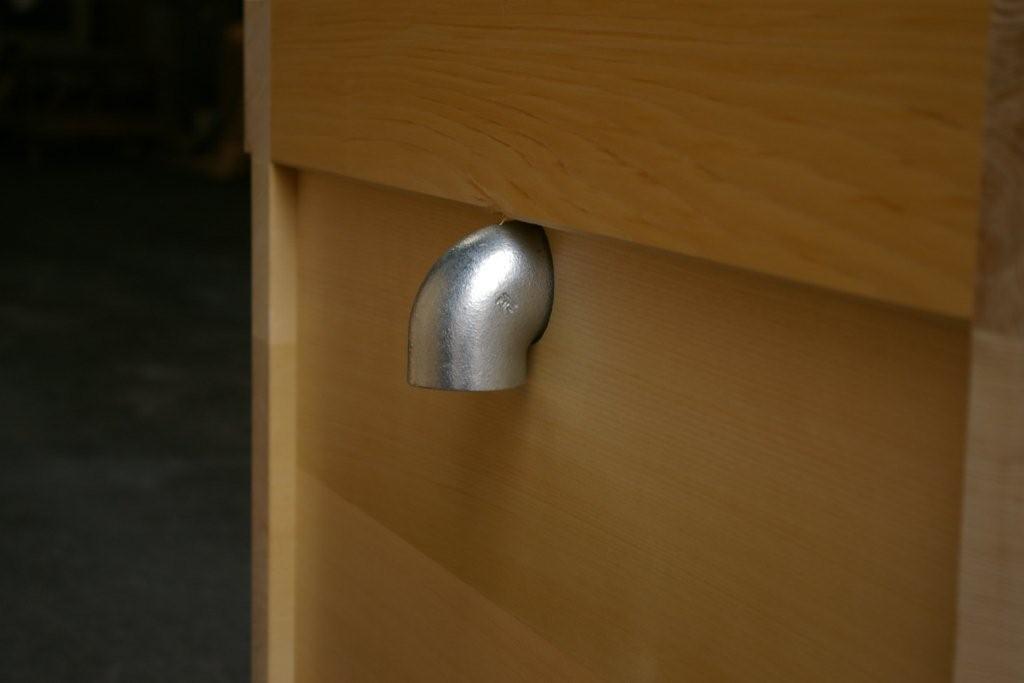
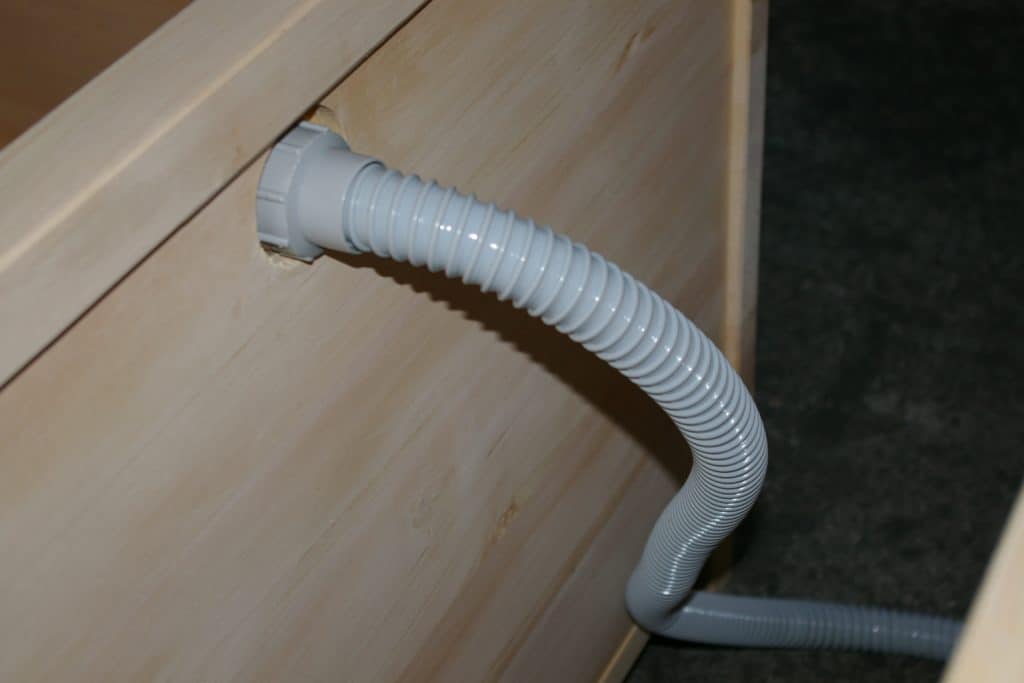
That said, if you really-really need an overflow connection, we can either install the plastic hose (as per photo on the right) or you can ship us your bespoke fitting.
Note that most standard fittings do not work on an ofuro because the wall thickness (33~42mm or more) is thicker than commercial acryl/FRP bathtubs.
8. We cannot install a wetroom
In some cases, we see ofuros are installed in bedrooms, or in situations where is not possible to recess or built-up a wetroom curb.
Actually, even in a bedroom, it is possible for instance to have a section with a waterproof floor (recessed or built-up) covered with a floor grating platform. See this smart example from a client here:
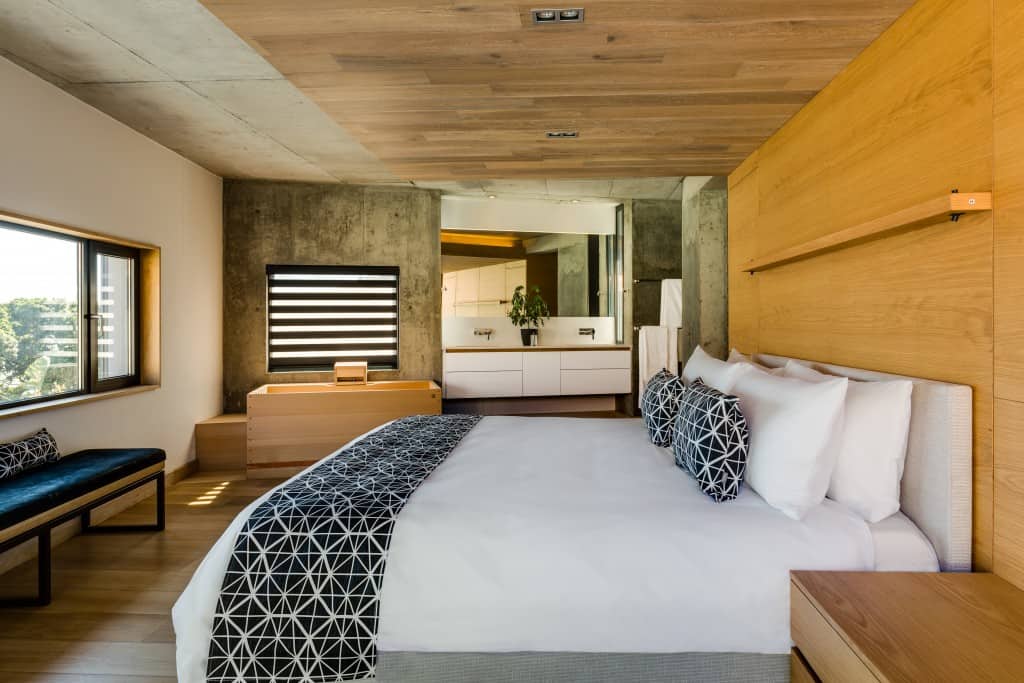
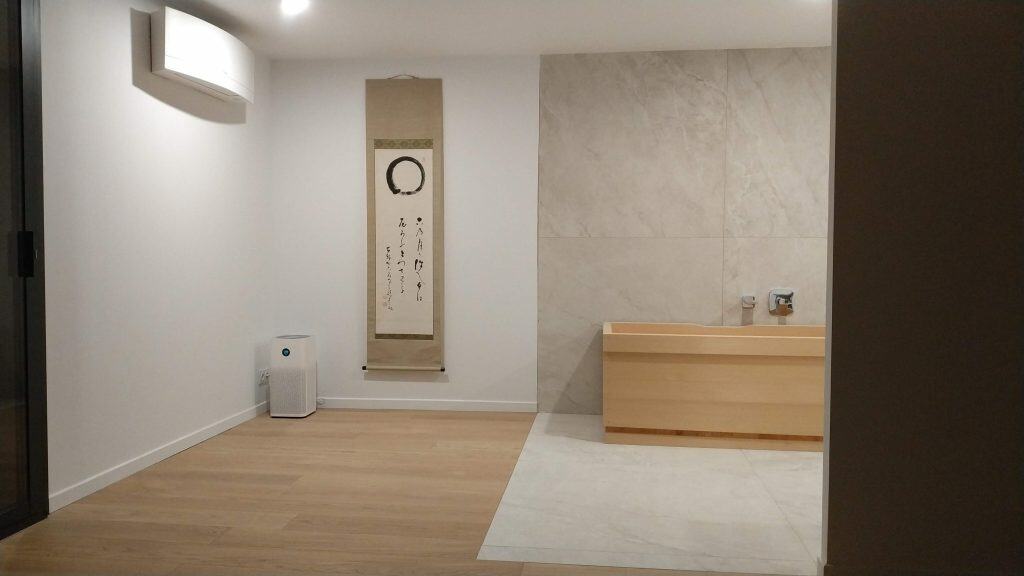


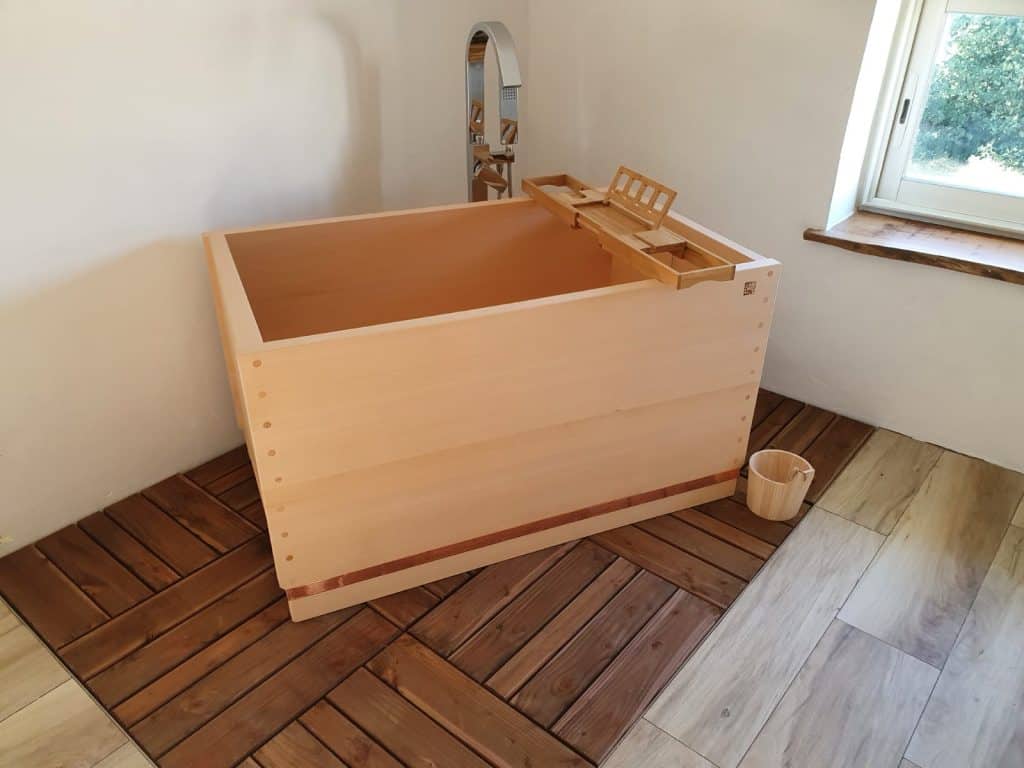
9. We do not know why but we want to connect the ofuro to the drainpipe anyway you can even move the ofuro to the terrace/garden and fill it up with a hose or other fun things like that.
No problem!! you can use a 1 1/2″ pipe with male G thread which matches our long socket ring.
Please check our drain details page here: https://bartokdesign.com/5-tub_details/hinoki-tub-drain_and_waterproofing.php and click on the links to download detailed photos and drawings.
and now, here is the main course of this article. Please read it if the previous argumentation convinced you.
OK. I do want a wetroom for my ofuro. How can I build it?
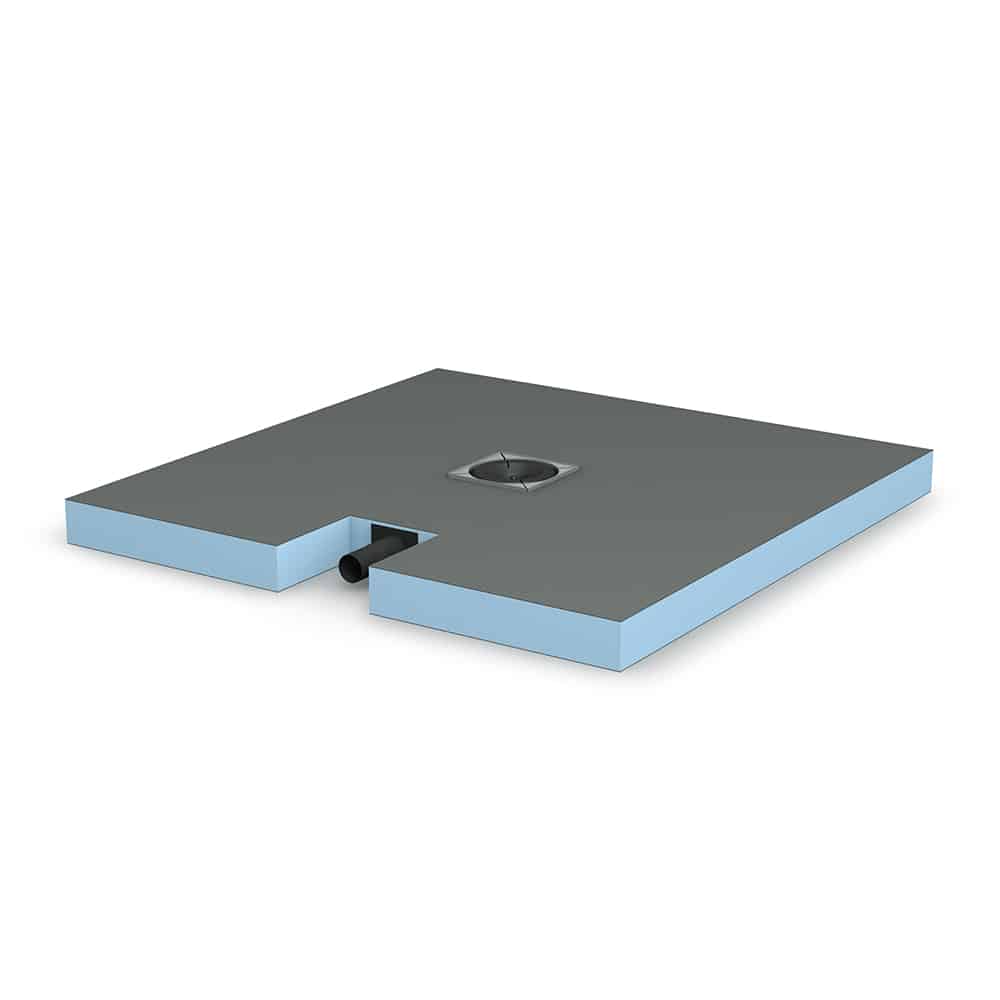

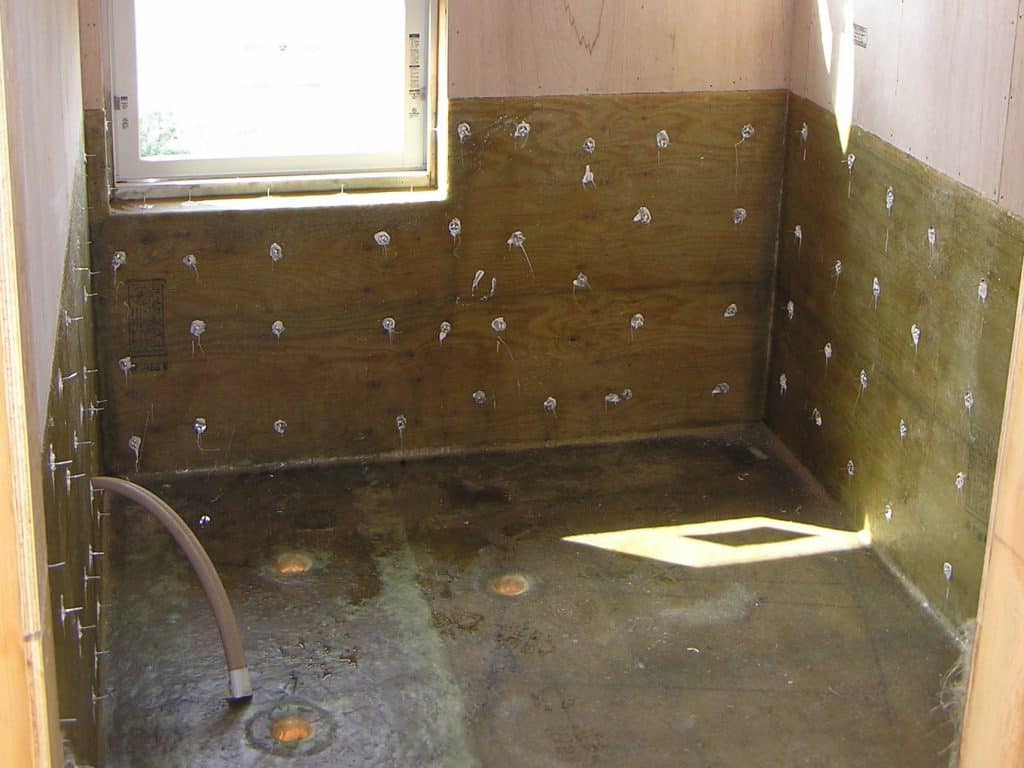
For the sake of bullet lists, I can think of three main categories.
a) use a large size shower pan/shower tray.
It may not be big enough for XL ofuros but there are sizes to fit up to our M-7 (L=1500-1600mm) size.
Cheap and easy to install, you can just buy one from amazon and have it installed.
Many variants are available: low rise or with curb, black, white, or even gray or purple! corner drain or center drain, etc.
Just internet search “shower tray large” or something like that.
b) use a wetroom system.
Some have already the drainpipe built inside the panels for a slimmer and smarter installation.
Here are some popular ones:
https://www.schluter.com/schluter-us/en_US/curbless-showers
https://www.jackon-insulation.com/products/detail/jackoboard-aqua/
https://www.wedi.net/en/products/building-systems/floor-level-showers/fundo-plano-linea/
https://www.impeyshowers.com/wetroom-waterproofing/waterguard-wetroom-tanking-kit/
https://nassboards.co.uk/product/pro-aqua-linear-shower-system/
https://www.abacus-bathrooms.co.uk/#!/wetrooms-waterproofing-glass-screens/linear-waste-trays-kits
https://www.kudosshowers.co.uk/aqua4ma-central-shower-decks/
https://www.marmox.co.uk/products/showerlay360
c) DIY.
There are infinite ways to create a waterproof layer using PVC liner, asphalt mats, FRP, urethane paint coating etc.
Similarly, there is a wide choice of floor drains, linear drains etc.
We are available for liaising directly with your plumber or contractor (via zoom, WhatsApp call, or email) to answer all their questions, also at the time of installation.
On the other hand, please do not ask us which system is better or how much should be the gradient of the floor.
As you understand, these are all environmental variables, and only the people on site can evaluate the peculiarities and requirements of each project and decide which system makes more sense for your project \(^o^)/

